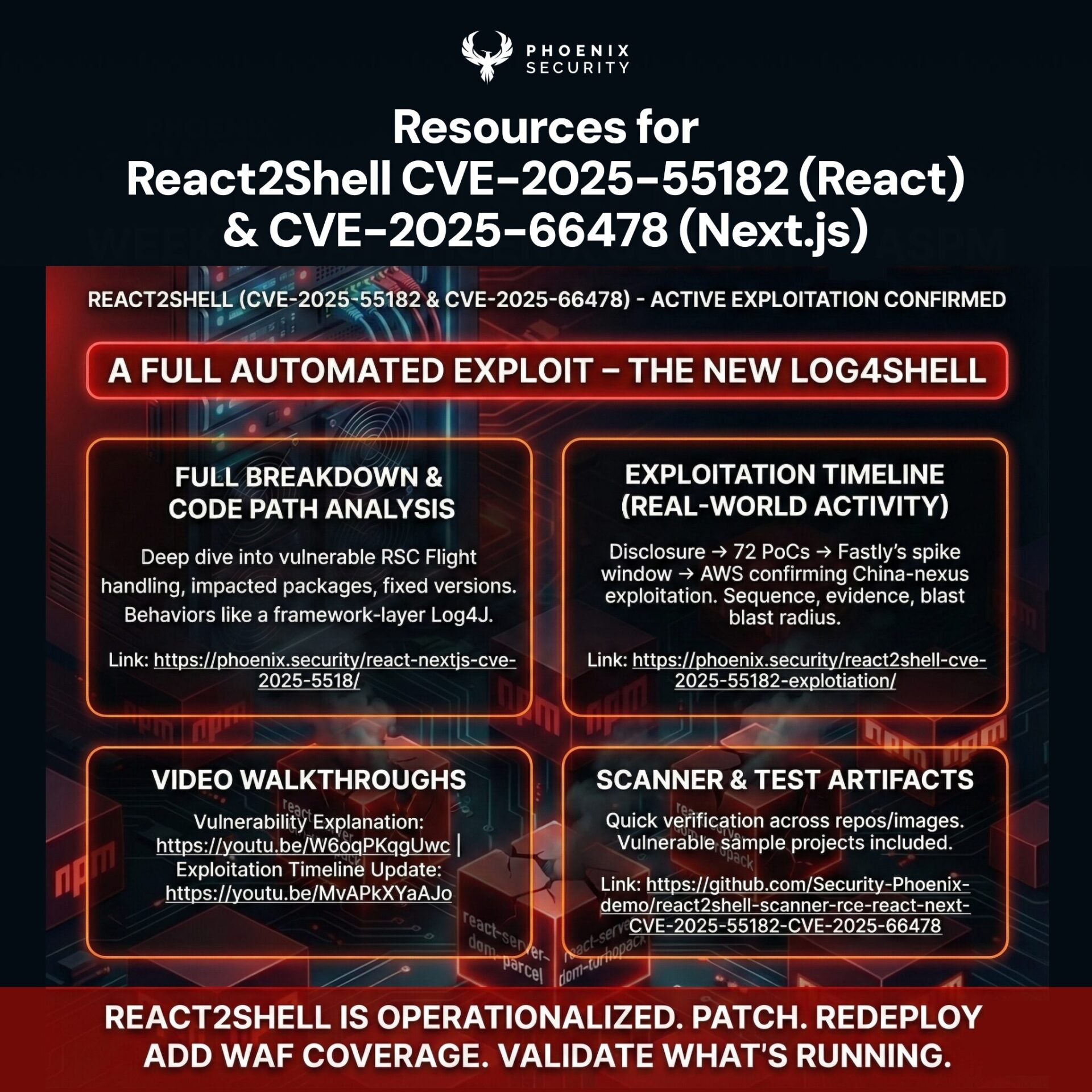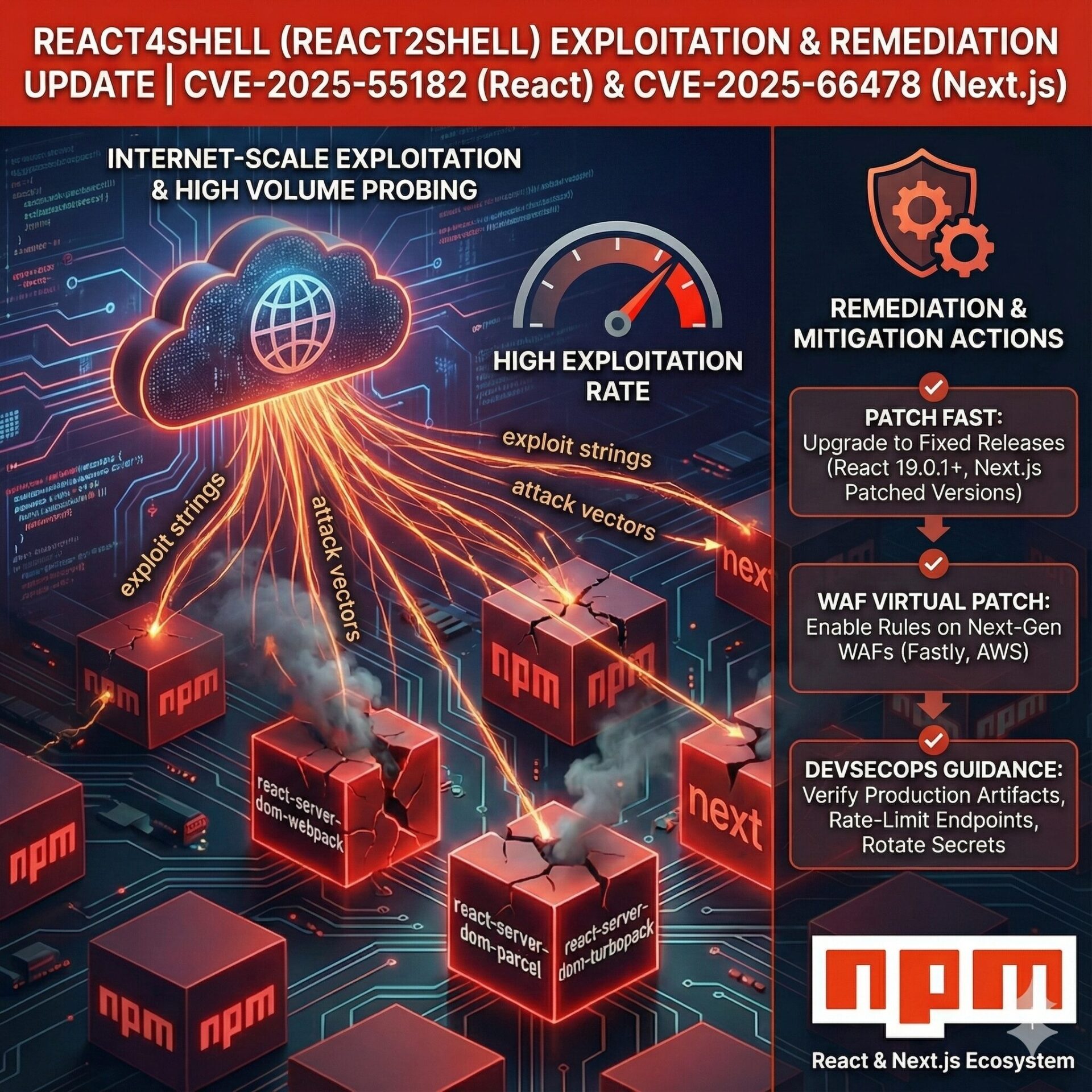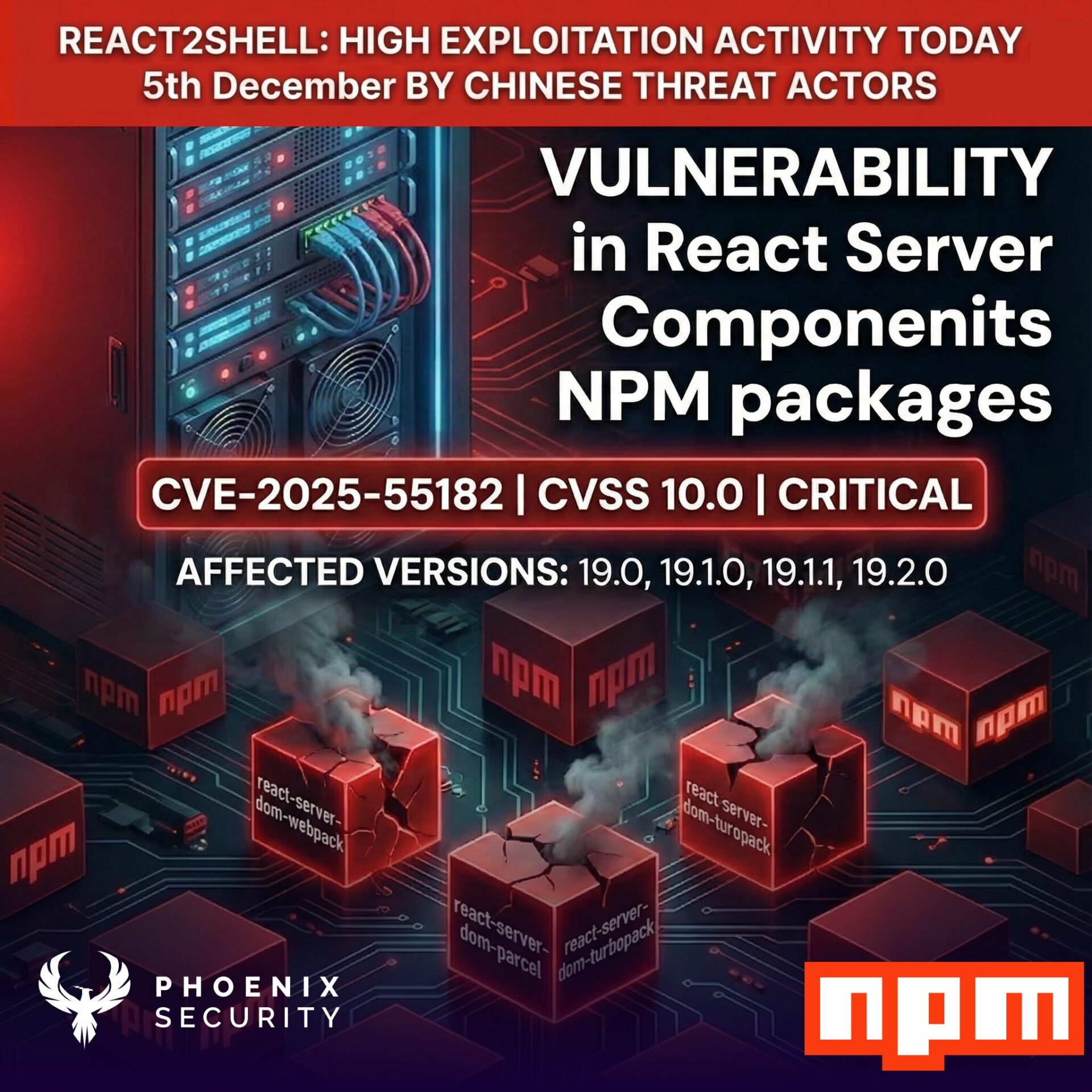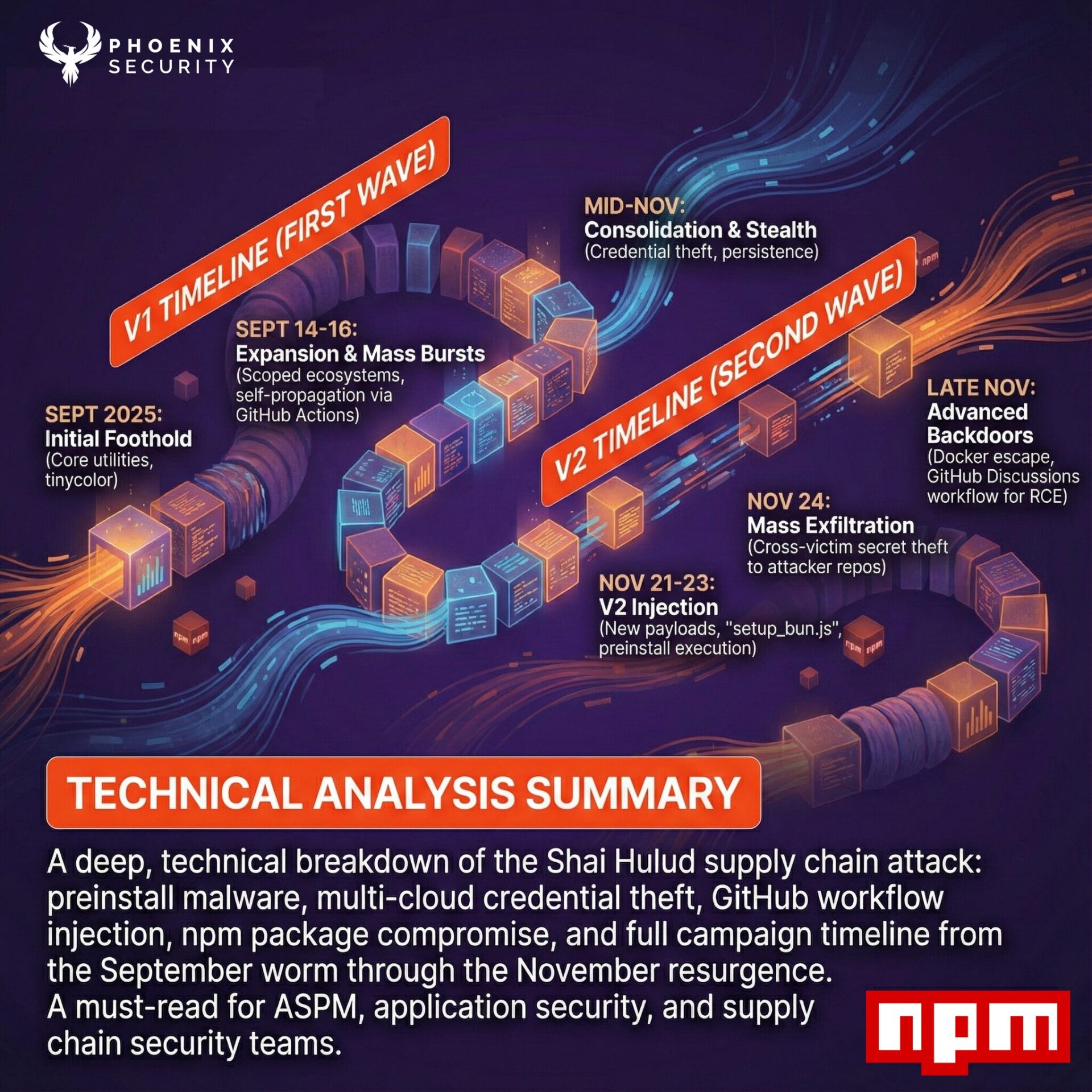
The term open source can be found labeled on various hardware and software products throughout the computing landscape. What does the term open source even mean?
Open source refers to products whose creator permits everyone to use, sell, modify, and distribute the original source code, design documents, and product content. Numerous libraries and projects exist which may be included in any application for use as their utility are unquestionable. Their reduction of development time and costs makes open source components here to stay. This is not without risk. However, bugs are a common occurrence in all applications and software, and the use of open-source libraries in applications can cause security loopholes that can be exploited.
What are some of these security vulnerabilities in open-source software? Some of the critical security vulnerabilities faced by open source components are:
Varying quality of code
In terms of development, it is possible to create something that works but is not developed correctly. Industry-standard development practices seek to streamline the application development lifecycle using reusable patterns to solve commonly occurring problems in the programming landscape. This is done to improve the performance and security of the final application. Different developers create a situation of uneven code due to varying levels of adherence to industry standards. This creates vulnerabilities in the final application should a component with security vulnerabilities be used.
Difficulty Managing Licenses
Proprietary software comes with numerous open source components. These components, being released under different licenses, make them difficult when it comes to licensing management. The frequency with which companies develop and release software and the existence of more than 300 open source licenses makes updating licenses challenging. This, coupled with the need to comply with all the individual license terms, makes using open source components costly.
Developer malpractice
Some security risks arise from developers’ malpractice. This is when the developer copies and uses code from open source libraries. This creates a loophole for the transfer of security applications between applications. It is also impossible to track and add a code snippet from the application, making it susceptible later.
Publicity of Exploits
The way open source works is that the code is made available to everybody. This allows the community to flag any potential exploits they may encounter in the code, allowing the project managers time to fix the vulnerabilities. However, these vulnerabilities are made publicly available through the National Vulnerability Database (NVD) for anyone to view. Malicious parties can use this information by targeting organizations that are slow to implement patches on their projects, relying on open-source components.
IS SECURITY TESTING THE ANSWER?
In light of all these potential security challenges, how do you address the need for open source components in software and web applications? The alternative would be a commercial license. Commercial software is any software developed and designed for licensing or sale to end-users. The owners still retain ownership of the original code but allow its use at a cost. Though no solution addresses all these flaws, a possible solution lies in security testing. What is security testing? Security testing is testing software applications to detect and resolve security threats, vulnerabilities, and risks. This is in order to prevent exploitation of these vulnerabilities by malicious intruders.
What are the main types of security testing, you may ask? There are seven main types of security testing:
Vulnerability Scanning: The automated testing of software using software to detect known vulnerability signatures.
Security Scanning: This can be a manual or automated check to identify system and network weaknesses
Penetration testing: This is a kind of testing that simulates a real-life attempt at compromising the application. This testing analyses a specific system to check for vulnerabilities against a hacking attempt.
Risk Assessment: This analysis focuses on the organization’s security risks, with the results recommending solutions based on the threat level. Threats are classified as either low, medium, or high.
Security Auditing: This step checks internal applications and operating systems for security flaws. This can be done via a line by line inspection of code.
Ethical Hacking: This is hacking carried out on the contract by the organization in an attempt to discover hidden security flaws in their application.
Posture assessment: This step combines security scanning, ethical hacking, and risk assessments to show the posture of the company’s security.
Advantages of Security Testing
Some of the advantages of carrying out security testing of an application include:
-Security testing allows for the early detection of flaws in client applications. This prevents potential losses to the organization should the application be compromised.
-Bugs and flaws can be fixed quickly before launch. Using security testing, it is much easier to trace the source of security flaws in an application as security testing should occur in all code integration levels.
Disadvantages
-Security testing is not always effective as bugs can get past rigorous security checks. There is no guarantee that security testing will make your application 100% secure.
-The additional time and labour required to implement adequate security testing in an application entirely might hinder its full adoption in some cases. Small organizations struggle with implementing security testing practices as they cannot cover their cost and is therefore earmarked as optional.
-Security testing relies on known vulnerabilities, and the occurrence of a new unknown security flaw in an application source code would be able to get past the screening process. This can prove catastrophic to the organization should the vulnerability be known and exploited by malicious persons.
Conclusion
While it is undeniable that open source software serves its purpose and serves it well, it has become apparent that the potential security flaws resulting from their use need to be looked at in some cases. Open-source libraries are publicly accessible, and they are sometimes necessary for application development should an alternative be lacking. A lot of research needs to be carried out in order to resolve the highlighted security flaws.
















